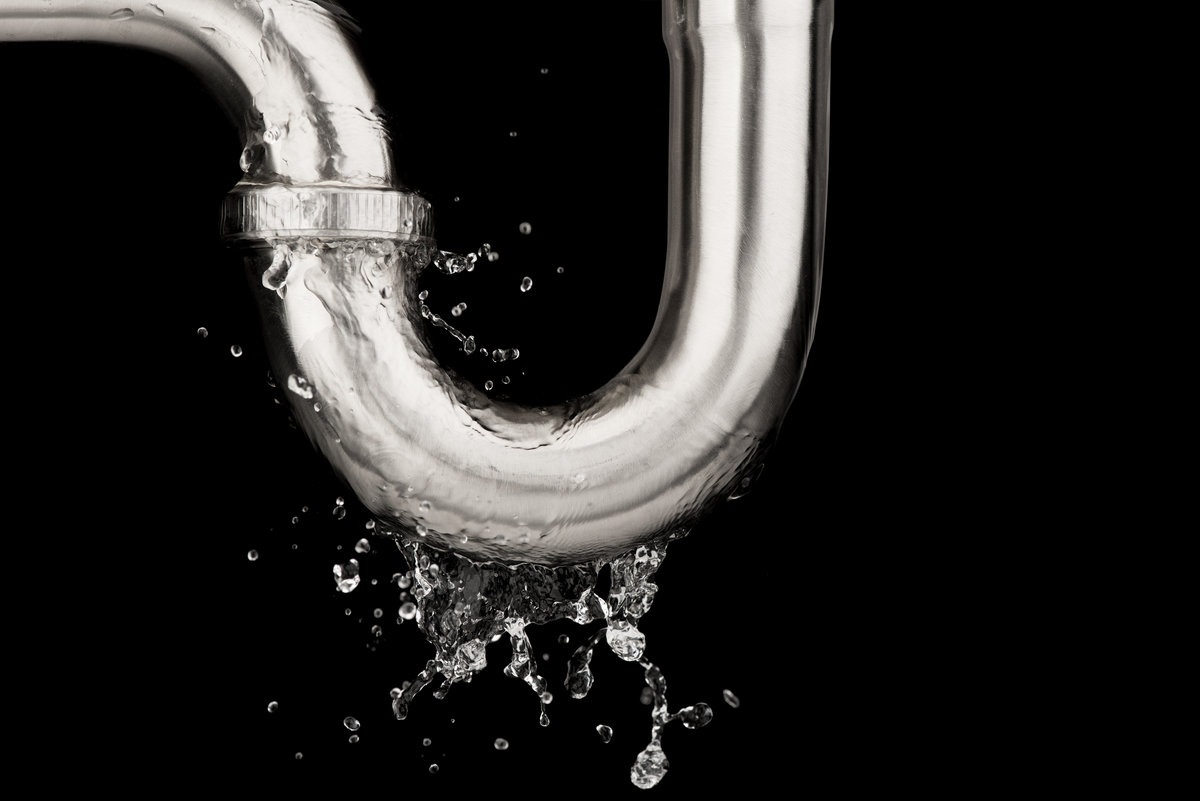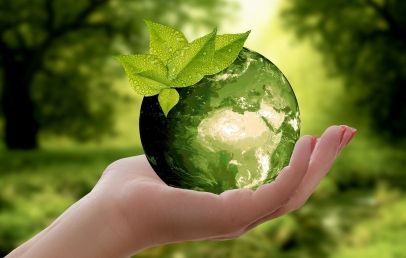Working in an industry that generates liquid waste can be challenging at times. That’s why it’s so important to know all the right methods of successfully handling liquid waste. This is especially important in cases where there are higher risks of contamination. Protecting the environment needs to be a number one priority so, in this article, we’ll present you with some liquid waste disposal methods.
Method #1: Dewatering
One of the most common ways you can handle liquid waste is by dewatering it. But this method works efficiently only in cases where liquid waste doesn’t cause a threat to the environment and is completely non-hazardous. The method itself is pretty self-explanatory: it consists of dewatering the liquid waste. The way to properly do this is by pumping the liquid waste into a huge bag. After that, you just remove the water, while the solid waste is left behind. The final step would include disposing this solid waste to a landfill.
Method #2: Sedimentation
The second method of disposing liquid waste consists of the separation of water from solid waste. This is called ’sedimentation’. This method includes leaving the liquid waste in a sediment basin. After that, you just remove any solid contaminants, and you’re good to go. Note that there will be water left in the basin – this water needs to be filtered and treated, while solid waste should be disposed to a landfill.
Method #3: Using a Mobile Spill Station
The third method of handling liquid waste, that we’re going to talk about in this article, involves using a mobile spill station to take care of any hazardous liquid spillage. These mobile spill stations are great for any type of emergency of this kind. They often contain a wheeled locker, long absorbent socks, an absorbent roll, granular absorbents, absorbent pads and pillows, safety goggles and gloves, waste disposal bags, coverall suits, a brush and shovel set, a heavy-duty broom, an emergency sealer, and so on. All these things ensure that any liquid waste is properly handled and doesn’t harm the environment.
Method #4: Composting
The fourth method of disposing of liquid waste that we’re going to present you is called composting. This is also good for the environment, for 2 different reasons. First of all, composting protects the environment. The important thing to note is that composting works in cases where there’s liquid organic waste. After you remove the water, the organic remains are easily turned into fertilizer. This solid waste is rich in nutrients such as nitrogen, sodium, and potassium. Which leads us to the second reason why composting is good for the environment: it helps feed the soil.
Method #5: Incineration
Our fifth method – called incineration – consists of disposing hazardous liquid waste. The heat that eliminates hazardous elements is often produced either by a fluidized bed furnace or by multiple hearth furnace. The way this method work is actually by removing scrap material such as oils, acids, or other dangerous chemicals that can potentially harm the environment. In most cases, after the process of incineration is completed, all that’s left is clean water.
Method #6: Root Zone
The sixth method on our lists is reserved for dealing with liquid waste such as bathroom and kitchen water. The method is called ’root zone’ and involves liquid waste passing through a sedimentation tank, where the waste is filtered. Only after the liquid waste has been treated with different processes it will be released in nature. You should note that this is a rather complex method, but works very well.
Method #7: Solidification
Many companies who deal with the liquid waste turn to the seventh method on our lists. It’s called ’solidification’ and usually consists of adding sawdust, fly ash or lime dust to liquid waste. These materials turn the liquid waste into solid waste. After that process, transportation to a landfill gets much easier. It’s also important to note that there are certain technologies that can turn liquid waste into solid without increasing its volume. This is especially important for the environment. Solidification thus makes things easier, when it comes to properly and safely dispose of liquid waste.
Final Thoughts
In this article, we’ve presented you with some really effective methods for successfully handling the liquid waste. These 7 methods should be on anyone’s mind if they’re ever in a situation where they have to dispose of liquid waste.
Many companies who are responsible for handling both hazardous and non-hazardous liquid waste turn to these liquid waste disposing methods. These are dewatering, sedimentation, mobile spill stations, composting, incineration, root zone, and solidification. With these methods, you’ll not only correctly and safely handle liquid waste, but – maybe even more importantly – you’ll protect the environment. This is something which is truly of great importance, especially in our age, where concerns for the ecology are very well justified.



